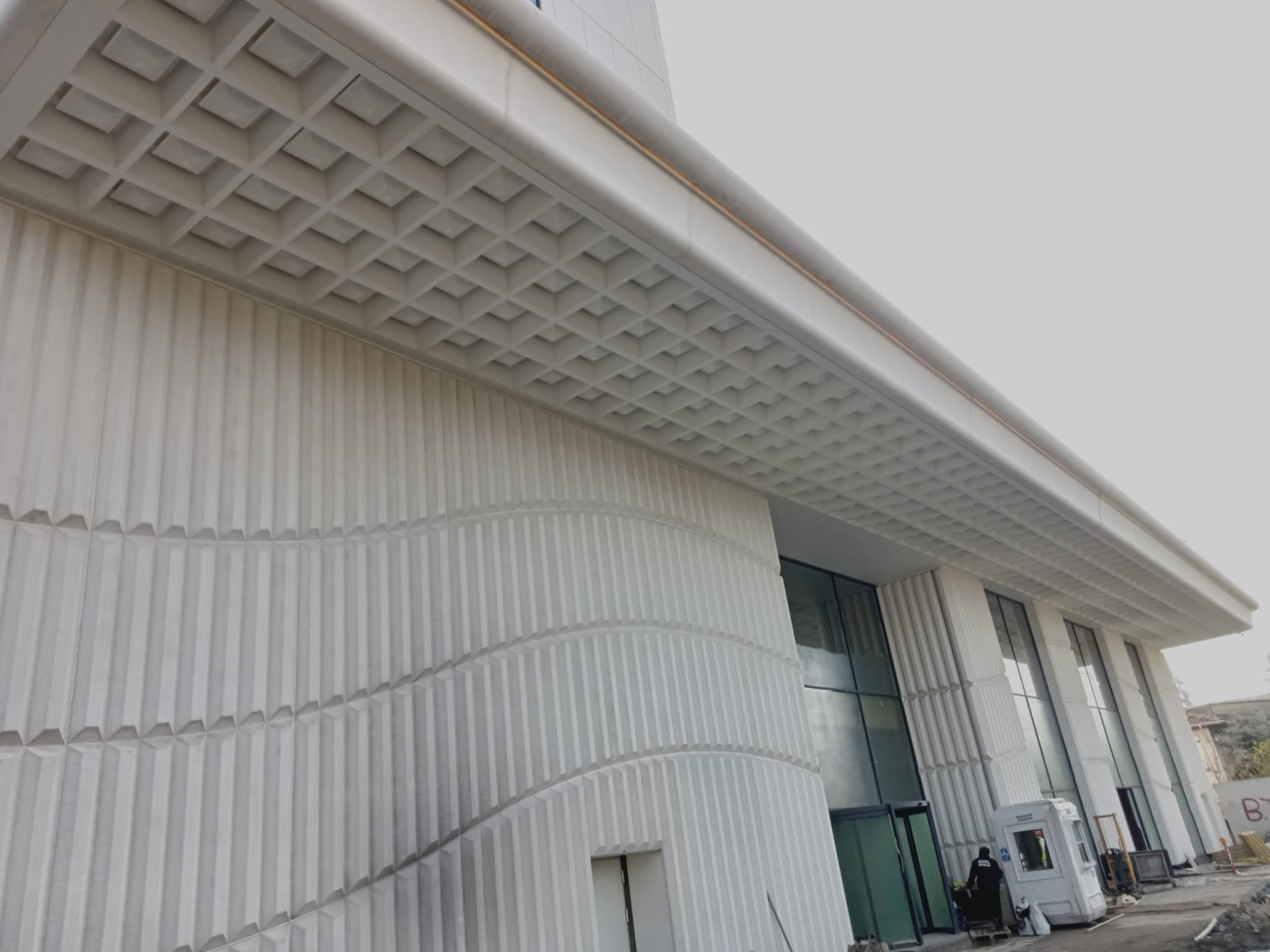Structural and Aesthetic Problems Resulting from Different Behaviors of Facade Elements

Structural and Aesthetic Problems Resulting from Different Behaviors of Facade Elements
Entrance
Facade systems are not only the first line of defense of a building against the external environment, but also one of the most important elements that define its architectural character. However, the different building elements that make up a facade do not react to environmental influences in the same way. This may cause some visual and structural problems, especially in the long run. In this article, the main problems caused by different working principles of facade elements and the precautions that can be taken against these problems are discussed.
The Effect of Thermal Movements on Facade Systems
Material-Induced Expansion and Contraction
Different facade materials react differently to temperature changes.
- Dense and rigid materials such as metal, glass, stone and concrete expand in hot weather and contract in cold weather.
This natural mobility creates tension, especially at the junctions of different materials.
Over time, structural problems such as cracks, deformation of seals and surface deterioration may occur.
Incompatible Responses to Seismic Movements During sudden and large ground movements such as earthquakes, façade systems must move in synchronization with the load-bearing structure. However, this may not be possible in systems where flexible and rigid materials are used together. Elements that do not move harmoniously may pose risks such as cracking, breaking or dislodging during an earthquake. For this reason, the effect of seismic loads should be taken into account in facade design and sliding joints or flexible joint solutions should be used when necessary.
Incompatibilities in Connection Details
Temperature differences cause weakening of the connection points over time. This situation:
- Sealing elements such as mastic and gaskets lose their function,
Openings in facade joints,
It may cause deformations in moving systems.
Details where heat movements are not taken into account cause both aesthetic and functional problems.
Structural Effects: Consequences of Wind and Earthquake Loads
Wind Loads and Dynamic Responses
Tall buildings and large-surface facades are directly affected by wind forces.
- Each facade element shows different levels of resistance to these loads.
Micro movements caused by wind may cause connection systems to loosen over time and create gaps in panel systems.
Incompatible Responses to Seismic Movements
During sudden and large ground movements such as earthquakes, façade systems must move synchronously with the supporting structure.
- However, this may not be possible in systems where flexible and rigid materials are used together.
Elements that do not move harmoniously may pose risks such as cracking, breaking or dislodging during an earthquake.
For this reason, the effect of seismic loads should be taken into account in facade design and sliding joints or flexible joint solutions should be used when necessary.
Problems Resulting from Material Incompatibility
Water and Moisture Management
Using materials with different permeability on the facade may cause moisture to leak into the material and cause structural deterioration.
- This situation results in mould, paint blistering and damage due to the freeze-thaw cycle, especially in details with inadequate waterproofing.
On facades where organic and inorganic materials coexist, moisture penetration should be controlled more carefully.
Chemical Interactions
Some materials may enter into chemical reactions when in contact with each other and become damaged over time.
- For example, prolonged contact of a metal element with alkaline concrete may cause oxidation of the metal and cracking in the concrete.
Such incompatibilities can be prevented with correct material selection and intermediate layers.
Conclusion
Although the use of different materials together in facade systems provides advantages in terms of aesthetics and functionality; The different reactions of these materials to environmental influences can cause serious problems if careful design is not made.
- In material selection, not only visual compatibility but also physical and chemical compatibility,
Solutions that will provide heat and movement compensation in connection details,
Qualified workmanship should be prioritized during the application phase.
Facade systems designed in this way are more resistant to environmental factors and ensure that the structure remains long-lasting and aesthetic.
